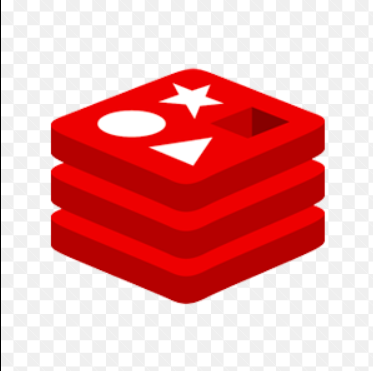How to Install and Use Khal on Linux

How to Install and Use Khal on Linux
Khal is a simple yet powerful calendar application for the terminal, built on top of the popular CalDAV and vCard protocols. It provides a clean and efficient way to manage your calendar events without a graphical interface, making it an excellent choice for those who prefer working in the command line. This guide will walk you through the installation and usage of Khal on Linux.
Prerequisites
Before installing Khal, ensure you have the following installed on your system:
Python 3.6 or later
pip (Python package installer)
A text editor for configuration
Installing Khal
You can install Khal using pip, which is the recommended method for most users.
Step 1: Install Python and pip
Most Linux distributions come with Python pre-installed. You can check if Python is installed by running:
python3 –version
If it’s not installed, you can install it using your package manager:
For Ubuntu/Debian:
sudo apt update
sudo apt install python3 python3-pip
For Fedora:
sudo dnf install python3 python3-pip
Step 2: Install Khal
Once you have Python and pip ready, you can install Khal with the following command:
pip install khal
Configuring Khal
Khal uses a configuration file to set up your calendar. Follow these steps to create and configure it:
Step 1: Create the Configuration Directory
Khal’s configuration files are typically stored in the ~/.config/khal directory. Create this directory:
mkdir -p ~/.config/khal
Step 2: Create the Configuration File
You can create a default configuration file by copying an example provided in the Khal repository:
cp $(python3 -m site –user-site)/khal/config.yaml ~/.config/khal/config.yaml
Step 3: Edit the Configuration File
Open the configuration file in your preferred text editor:
nano ~/.config/khal/config.yaml
You will need to modify the configuration according to your calendar provider (like Google Calendar or Nextcloud). Refer to the Khal documentation for details on setting up specific providers.
Using Khal
Now that Khal is installed and configured, you can start using it to manage your calendar.
Basic Commands
View Events: To view your calendar events, simply run:
khal list
Add an Event: To add a new event, use:
khal new
This will prompt you to enter the details for the event.
Edit an Event: To edit an existing event, use:
khal edit
Replace with the ID of the event you want to edit.
Delete an Event: To delete an event, use:
khal delete
Syncing Your Calendar
If you’re using a CalDAV provider, you can sync your calendar using the following command:
khal calendar sync
Make sure you have set up your authentication correctly in the configuration file for this to work.
Conclusion
Khal is an excellent tool for anyone who prefers managing their calendar from the terminal. With its straightforward installation process and simple commands, you can efficiently keep track of your events without the need for a GUI. Explore the extensive documentation to unlock Khal’s full potential and customize it according to your workflow.
For more details, check out the Khal documentation. Happy scheduling!





